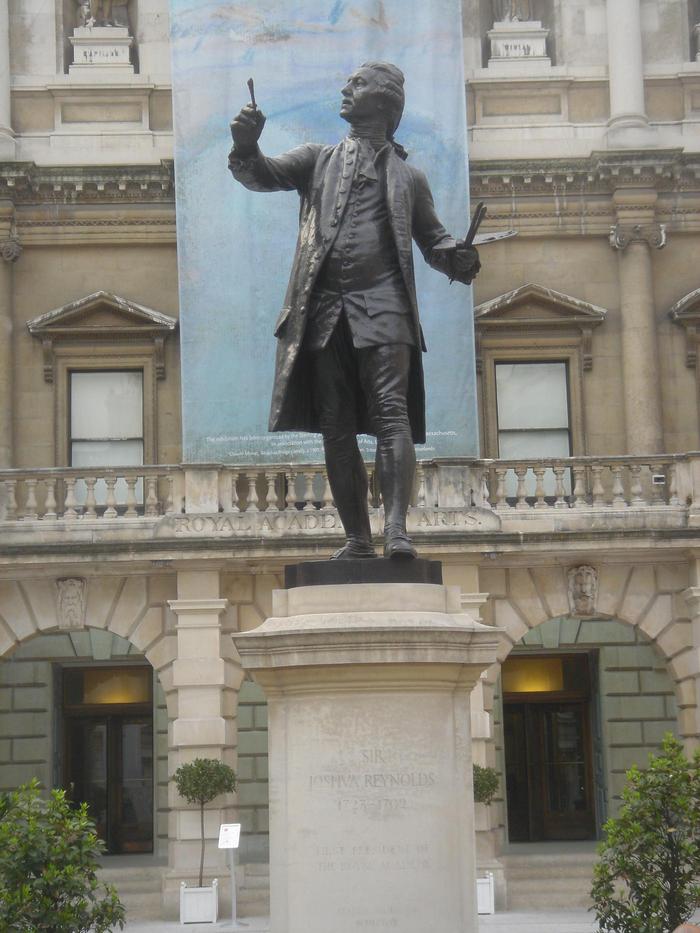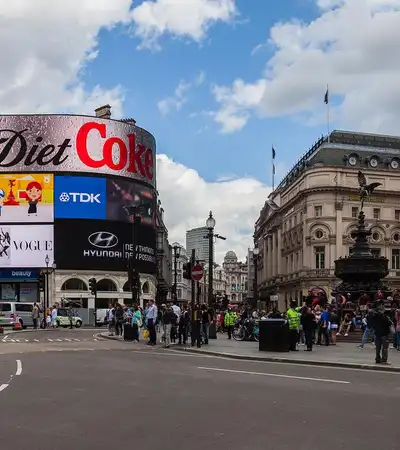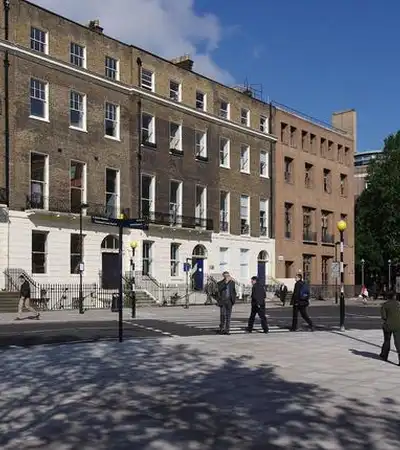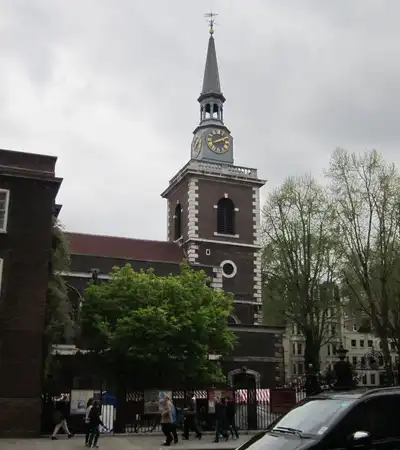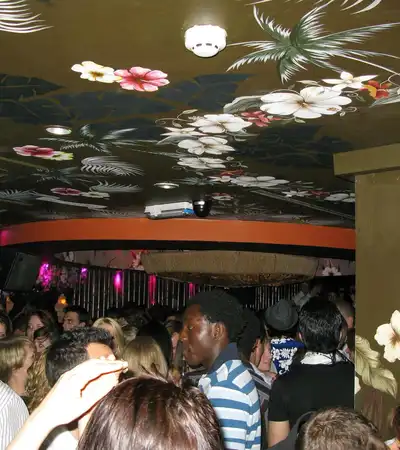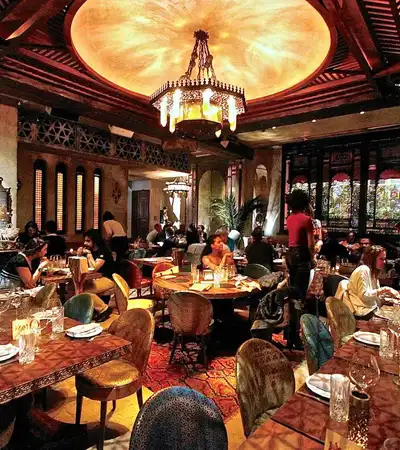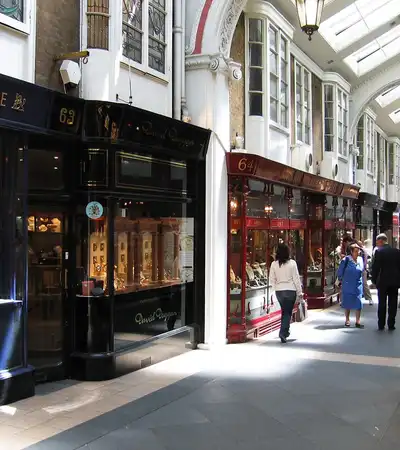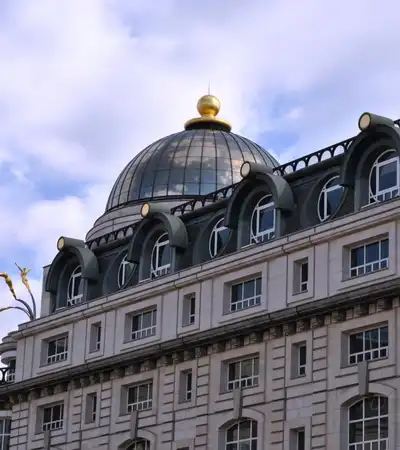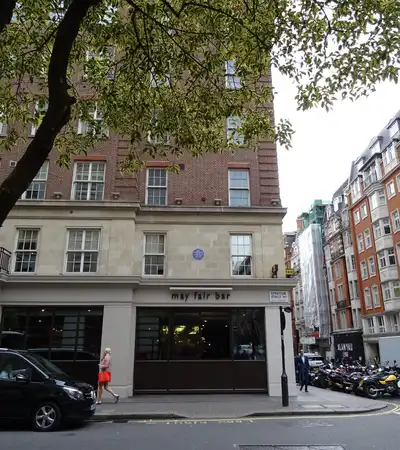Sir Joshua Reynolds was not just any painter; he was the first president of the Royal Academy of Arts and a central figure in the London art scene during the 18th century. His influence persists in the city's cultural tapestry, much like the enduring presence of the Thames.
Tracing the Footsteps of a Master
If you're roaming the vibrant streets of London looking to delve deeper into its rich art history, a visit to areas associated with Reynolds is quite rewarding. He lived and worked in Leicester Square, and today, you can explore this bustling area, imagining the once quiet streets where he might have walked. Though the exact house no longer exists, the locale thrums with artistic energy, spurred by modern cinemas and theaters—a stark contrast to Reynolds' time, yet a continuation of its creative legacy.
Inside the Royal Academy of Arts
A visit to the Royal Academy of Arts, now housed at Burlington House on Piccadilly, is essential. Established under Reynolds' guidance in 1768, it championed the importance of art and artists in society. Here, Reynolds not only led but also educated, urging artists to consider the grand styles of historical painting. His lectures, or 'Discourses', are critical readings for anyone studying art history. They reveal his vision for British art and artists, emphasizing morality and personal improvement through the study of the great masters.
A Unique Piece of History
Did you know that Reynolds had a peculiar habit that significantly affected his portrait paintings? He often experimented with unstable pigments to achieve specific effects, which has caused some of his works to fade unusually over time. While this might seem like a flaw, it actually adds a layer of historical intrigue to his paintings. When you see a Reynolds in a museum, you're not just looking at a piece of art; you're witnessing a centuries-old experiment in color and composition.
Connecting Art and Everyday Life
Viewing Reynolds' work, one can draw parallels between his use of light and shadow and the way sunlight dances across London's architecture. It’s easy to see how the dynamic quality of his portraits could be inspired by the city’s own contrasts—from the serene parks to the bustling marketplaces.
Why This Matters
Understanding Reynolds' contributions and his environment helps us appreciate the layers of history beneath London's modern facade. It bridges our contemporary experiences with the past, enriching our interaction with the city. Whether you're an art aficionado or a casual visitor, knowing these stories transforms your stroll through London into a more meaningful journey.
Remember, while the grandeur of Reynolds' era is long gone, the essence of his artistry lingers in the London air, influencing not just artists but also the everyday wanderer. So next time you're near Leicester Square or the Royal Academy, take a moment to reflect on this artistic legacy—how it shaped, and was shaped by, the London we know today.
